Types of Fungal Diseases
Fungi are everywhere. There are approximately 1.5 million different species of fungi on Earth, but only about 300 of those are known to make people sick.1,2 Fungal diseases are often caused by fungi that are common in the environment. Fungi live outdoors in soil and on plants and trees as well as on many indoor surfaces and on human skin. Most fungi are not dangerous, but some types can be harmful to health.
Aspergillosis
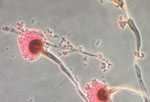 Caused by the fungus Aspergillus and usually occurs in people with lung diseases or weakened immune systems.
Caused by the fungus Aspergillus and usually occurs in people with lung diseases or weakened immune systems.
Candidiasis
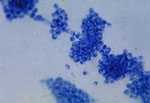 Caused by the yeast Candida. Candidiasis can occur in the mouth and throat, vagina, or the bloodstream.
Caused by the yeast Candida. Candidiasis can occur in the mouth and throat, vagina, or the bloodstream.
C. neoformans infection

Caused by Cryptococcus neoformans, which can infect the brain (meningitis) in people with HIV/AIDS.
Fungal eye infections
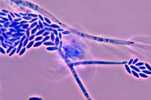 Different types of fungi can cause eye infections. These are rare but can develop after an eye injury.
Different types of fungi can cause eye infections. These are rare but can develop after an eye injury.
Mucormycosis
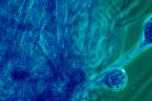
A rare infection that mainly affects people with weakened immune systems.
Ringworm
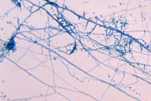 A common fungal skin infection that often looks like a circular rash.
A common fungal skin infection that often looks like a circular rash.
Blastomycosis
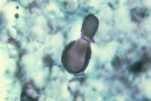 Caused by the fungus Blastomyces, which lives in moist soil in parts of the United States and Canada.
Caused by the fungus Blastomyces, which lives in moist soil in parts of the United States and Canada.
Coccidioidomycosis (Valley Fever)
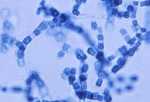
Caused by Coccidioides, a fungus that lives in the southwestern United States and parts of Mexico and Central and South America.
C. gattii infection
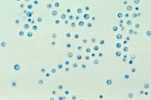
Caused by the fungus Cryptococcus gattii, which lives in soil in tropical and sub-tropical areas, the United States Pacific Northwest, and British Columbia.
Histoplasmosis
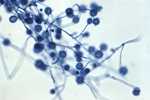 Caused by the fungus Histoplasma, which lives in the environment, often in association with large amounts of bird or bat droppings.
Caused by the fungus Histoplasma, which lives in the environment, often in association with large amounts of bird or bat droppings.
Pneumocystis pneumonia (PCP)
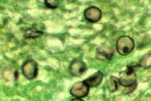 Caused by the fungus Pneumocystis jirovecii and mainly affects people with weakened immune systems.
Caused by the fungus Pneumocystis jirovecii and mainly affects people with weakened immune systems.
Sporotrichosis
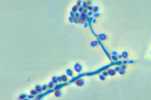 Caused by the fungus Sporothrix, which lives throughout the world in soil and on plants.
Caused by the fungus Sporothrix, which lives throughout the world in soil and on plants.
- Page last reviewed: January 25, 2017
- Page last updated: September 26, 2017
- Content source:


 ShareCompartir
ShareCompartir